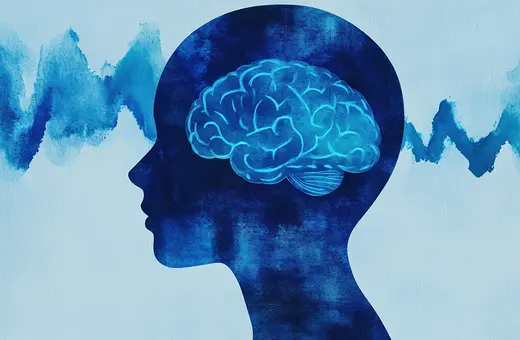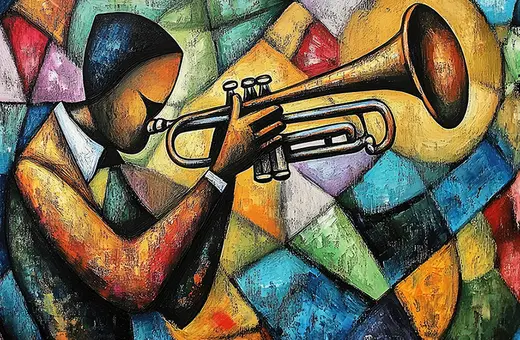While feminism has largely liberated women from domination and domesticity and helped them find new identities, the paradigmatic male identity has largely remained the same. The way society is structured still favours men in power, and certain attributes like strength, courage, assertiveness, and aggression. This model however doesn’t benefit all men and hinders them from forging their own identity and version of masculinity. A feminist men’s movement could help with that, writes Ashley Morgan.
Women have come a long way since the eighteenth century, and their lives do not have to be dominated by domesticity. In 1792, Mary Wollstonecraft published her book, A Vindication of the Rights of Woman, in which she proposed the idea of women’s equality with men, especially in terms of education. Wollstonecraft could see the problem of a society in which men dominated women, and this book acted as a springboard to early feminism. Most decades since then have been characterised by at least one feminist movement. The present decade is no exception as demonstrated by the #MeToo, #NoMeansNo and #ChangeTheDiscourse movements, women still must push to get themselves heard.
Men on the other hand, have largely stayed the same. Society is run by the rules of patriarchy - the system of male power which percolates throughout every section of life, including culture, the economy and society at large. Fundamentally, all norms, standards, and units of measure in society are male. The question is, is this arrangement as good for men as it can seem on the surface? And could male identity also undergo a transformation that resulted in liberation from the norms of the patriarchy not just for women, but also for men?
So-called traditional masculinity is still highly valued in most societies: strength, courage, assertiveness, and aggression are all encouraged as seemingly necessary features a man needs to be competitive.
So-called traditional masculinity is still highly valued in most societies: strength, courage, assertiveness, and aggression are all encouraged as seemingly necessary features a man needs to be competitive. In the 1980s R.W. Connell coined the term ‘hegemonic masculinity’ in order to describe the ways in which powerful men continued to dominate in society. Hegemonic masculinity is an ‘ideological practice’ that sustains and supports the interests of the powerful in society. It is in part because of the structure that promotes hegemonic masculinity and the attributes that it rewards, that women can’t achieve equality with men under this ideology.
The idea that all men benefitted from other men’s power, the ‘patriarchal dividend’ was a myth.





















Join the conversation